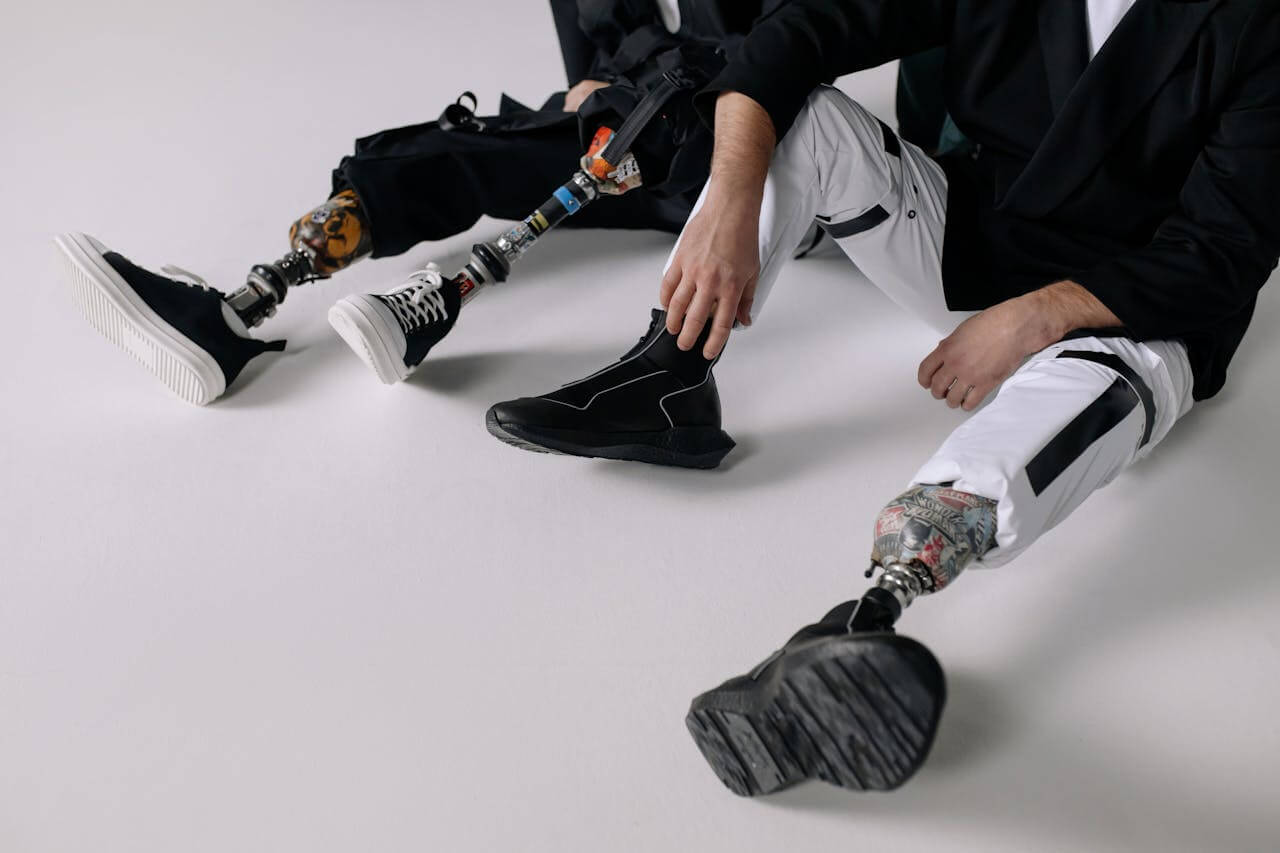Facing the reality of limb loss is undoubtedly a daunting prospect, both emotionally and financially. Beyond the physical and emotional challenges, there lies a significant financial burden associated with amputation and the subsequent need for prosthetic limbs. In this comprehensive guide, we delve into the complex landscape of prosthetic costs and insurance coverage, shedding light on the financial considerations that accompany limb loss and rehabilitation.
The Cost of Amputation and Prosthetics
The financial implications of amputation extend far beyond the initial surgical procedure. From pre-operative evaluations to post-operative care and rehabilitation, the expenses can quickly accumulate. According to studies, the average cost of an amputation in the United States ranges from $20,000 to $60,000, depending on various factors such as the complexity of the surgery, hospitalization fees, and associated medical services.
However, it’s the ongoing costs of prosthetic limbs and related services that often pose the most significant financial challenge for amputees. The price of prosthetics can vary widely depending on factors such as the type of limb, its complexity, and the level of customization required. Basic prosthetic limbs may cost several thousand dollars, while advanced bionic prosthetics equipped with cutting-edge technology can exceed tens of thousands of dollars.
Insurance Coverage for Prosthetics
Given the substantial expenses associated with prosthetic limbs, insurance coverage plays a crucial role in ensuring access to necessary care and rehabilitation services for amputees. Most health insurance plans, including Medicare and Medicaid, provide coverage for prosthetic devices as essential medical equipment. However, the extent of coverage and reimbursement rates can vary significantly depending on the individual’s insurance policy and provider.
It’s essential for amputees to thoroughly review their insurance policies to understand the scope of coverage for prosthetics. Some insurance plans may impose limitations or require pre-authorization for prosthetic services, while others may have specific criteria for coverage eligibility. Additionally, deductibles, co-payments, and out-of-pocket expenses can further impact the financial burden for amputees seeking prosthetic care.
Challenges and Limitations
Despite the existence of insurance coverage for prosthetics, many amputees still encounter challenges and limitations when navigating the healthcare system. One common issue is the discrepancy between insurance reimbursement rates and the actual cost of prosthetic devices. In some cases, insurance providers may only cover a fraction of the total cost, leaving amputees responsible for significant out-of-pocket expenses.
Furthermore, coverage restrictions and bureaucratic hurdles can delay or impede access to prosthetic care for some individuals. Prior authorization requirements, documentation requests, and appeals processes can create administrative barriers that prolong the wait time for obtaining prosthetic devices. For amputees who rely on prosthetics for essential activities of daily living, such delays can have profound consequences on their quality of life and rehabilitation outcomes.
Advocating for Change
Recognizing the challenges faced by amputees in accessing affordable prosthetic care, advocacy groups and policymakers have increasingly called for reforms to improve insurance coverage and reduce financial barriers. Efforts to enact legislation that mandates comprehensive coverage for prosthetics and related services have gained momentum in several states, aiming to ensure equitable access to prosthetic care for all individuals with limb loss.
Additionally, advancements in technology and innovation hold the promise of making prosthetic devices more affordable and accessible in the future. Initiatives such as 3D printing and open-source prosthetic designs have the potential to lower production costs and expand options for customization, thereby reducing the financial burden for amputees.
Conclusion
Amputation is not just a physical challenge; it’s a financial one as well. Understanding the costs associated with limb loss and prosthetic care is essential for individuals facing this journey and their families. While insurance coverage can help alleviate some of the financial burden, navigating the complexities of coverage policies and reimbursement processes can be daunting.
As we strive to create a more inclusive and accessible healthcare system, it’s imperative that we address the financial barriers that hinder access to prosthetic care for amputees. By advocating for policy reforms, fostering innovation, and promoting greater awareness and understanding of the financial aspects of amputation, we can ensure that all individuals have the opportunity to rebuild their lives with dignity, independence, and financial security.



